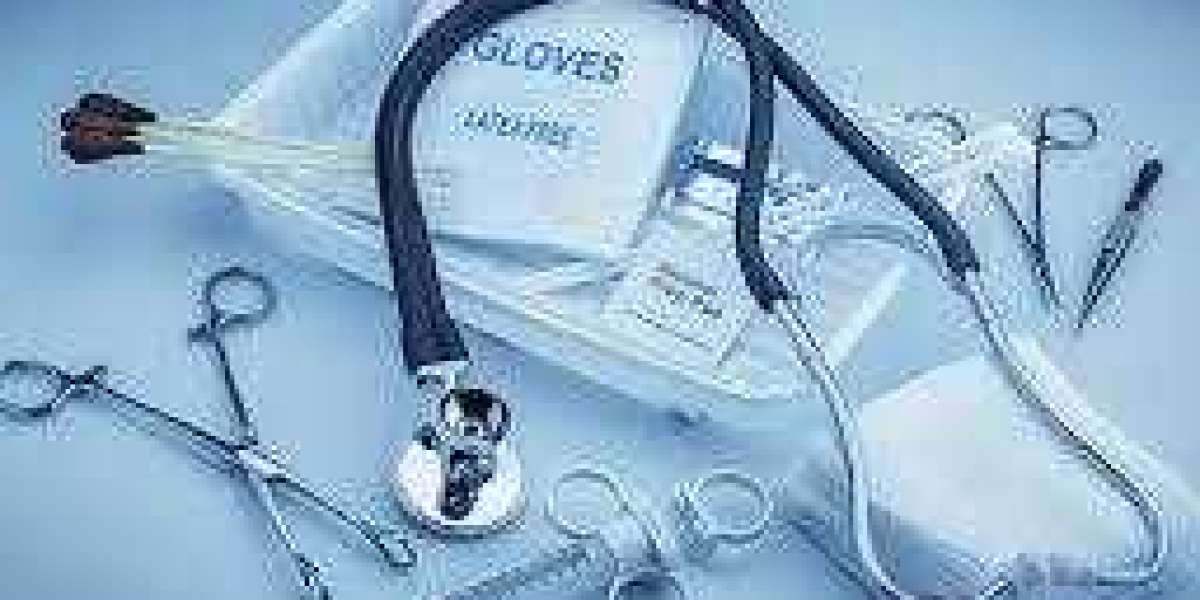A robust Medical Device Quality Management System (MDQMS) is essential for ensuring that medical devices meet stringent regulatory requirements and are safe for patient use. This system encompasses processes, policies, and documentation that manufacturers must implement to comply with global regulations. The MDQMS plays a critical role in ensuring the quality, safety, and efficacy of medical devices, from design to post-market surveillance. This blog will explore the importance of an MDQMS, its components, and how it helps manufacturers meet regulatory demands.
What is a Medical Device Quality Management System?
A Medical Device Quality Management System is a comprehensive framework of processes and documentation that ensures a medical device's quality, safety, and compliance with regulatory requirements. The MDQMS encompasses all aspects of the product lifecycle, including design, development, manufacturing, testing, and post-market activities. It helps ensure that manufacturers consistently produce devices that meet customer and regulatory expectations.
Components of an Effective MDQMS
- Document Control: An essential part of an MDQMS is maintaining comprehensive documentation. Document control ensures that all documents related to the design, production, and quality of the medical device are accurate, up-to-date, and accessible. This includes design specifications, risk assessments, and test results. Proper document control helps manufacturers demonstrate compliance with regulations and provides a clear audit trail.
- Design Control: Design control is a crucial aspect of an MDQMS. It involves planning, developing, and verifying the design of the medical device to ensure that it meets the intended use and regulatory requirements. Design reviews, risk assessments, and verification testing are essential elements of design control. This process helps identify and mitigate risks early in the development process, reducing the likelihood of design-related issues.
- Supplier Management: Managing suppliers and ensuring that they meet quality standards is another critical component of an MDQMS. Manufacturers must assess their suppliers’ ability to provide materials and components that meet specifications and regulatory requirements. Supplier audits, quality agreements, and ongoing monitoring ensure that suppliers maintain high standards throughout the supply chain.
- Risk Management: Risk management is a vital part of an MDQMS. It involves identifying, evaluating, and mitigating risks associated with the design, manufacturing, and use of the medical device. Risk assessments help manufacturers ensure that devices are safe and effective. The ISO 14971 standard provides guidelines for implementing a comprehensive risk management process in the medical device industry.
- CAPA (Corrective and Preventive Action): CAPA is a critical process for identifying and addressing non-conformities in a medical device. When a problem arises, the CAPA process ensures that the root cause is identified, corrective actions are taken to resolve the issue, and preventive actions are implemented to prevent recurrence. CAPA plays a key role in maintaining the safety and effectiveness of medical devices throughout their lifecycle.
Regulatory Requirements for MDQMS
- ISO 13485: ISO 13485 is an international standard that outlines the requirements for a Medical Device Quality Management System. It provides a framework for establishing and maintaining processes that ensure compliance with regulatory requirements. Manufacturers seeking to market medical devices in the European Union, Canada, and other regions must demonstrate compliance with ISO 13485.
- FDA 21 CFR Part 820: In the United States, medical device manufacturers must comply with the FDA’s Quality System Regulation (QSR), outlined in 21 CFR Part 820. This regulation defines the requirements for a quality management system, including design controls, risk management, and CAPA. An MDQMS that complies with 21 CFR Part 820 is essential for obtaining FDA approval for medical devices.
- MDSAP (Medical Device Single Audit Program): MDSAP is an international program that allows a single audit of a medical device manufacturer’s QMS to satisfy the requirements of multiple regulatory bodies, including the FDA, Health Canada, and the Australian Therapeutic Goods Administration (TGA). Implementing an MDQMS that complies with MDSAP can streamline the audit process and reduce the regulatory burden for manufacturers.
Benefits of an MDQMS
- Improved Product Quality: A well-implemented MDQMS ensures that medical devices are consistently produced to the highest quality standards. By following established processes and conducting regular audits, manufacturers can identify and address potential quality issues before they impact patient safety.
- Regulatory Compliance: Compliance with global regulatory requirements is essential for market access. An effective MDQMS helps manufacturers demonstrate that their devices meet the necessary safety and efficacy standards, ensuring smooth regulatory approval in various regions.
- Reduced Risk of Recalls: A robust MDQMS helps identify and mitigate risks early in the product lifecycle, reducing the likelihood of product recalls due to quality issues. By proactively addressing potential problems, manufacturers can minimize the financial and reputational impact of recalls.
- Streamlined Operations: An MDQMS improves efficiency by standardizing processes and ensuring that all team members follow consistent procedures. This reduces the risk of errors and streamlines operations, allowing manufacturers to bring products to market more quickly.
- Customer Confidence: Medical device manufacturers that implement a strong MDQMS can demonstrate their commitment to quality and safety. This builds trust with customers, healthcare professionals, and regulatory authorities, enhancing the company’s reputation and market position.
Conclusion
A Medical Device Quality Management System is a critical component of ensuring that medical devices meet the highest quality and safety standards. By implementing a robust MDQMS, manufacturers can navigate complex regulatory requirements, improve product quality, and reduce the risk of recalls. Compliance with standards such as ISO 13485, FDA 21 CFR Part 820, and MDSAP is essential for gaining market access and maintaining customer trust. Ultimately, an effective MDQMS supports the development of safe, effective medical devices that improve patient outcomes.








